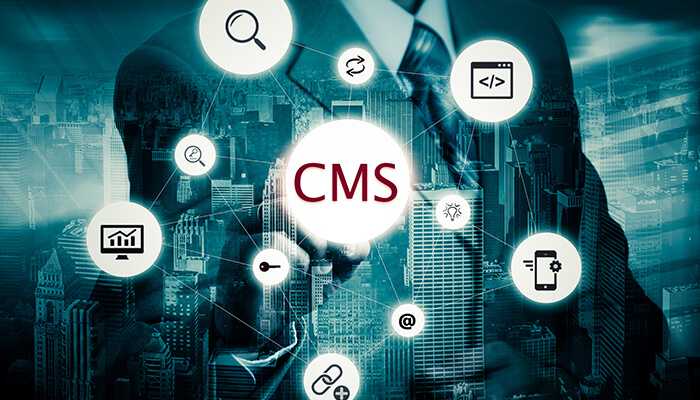As technology evolves, its uses in everyday life become apparent and more common. Even in large or growing organizations, using different technologies, like case management software, proves beneficial. Effective management tools are needed in an intricate field like human services, where professionals navigate complex cases and sensitive client needs.
Human services case management software can help facilitate extensive scalability and improve collaboration and productivity for an organization. These programs can manage client information and service tracking while providing security for sensitive information. This article will review four critical components a CMS has to offer.
What are the key components of human services case management software?
At its core, case management software is designed to optimize the workflow of social work professionals. By integrating essential functionalities such as client tracking, data analysis, and inter-agency communication, such software proves critical in managing cases efficiently and effectively.
1) Client Information Management
A centralized database is vital for storing and managing client information and case management. Effective CLM software provides this, allowing agencies to maintain comprehensive, up-to-date records of each client. This can include demographics, case history, and progress notes. These components help human service organizations grow the number of clients served, staff members employed, and programs offered.
2) Integration of Software to Increase Workflow
Case management software should be customizable to fit the specific needs of a human services organization while being able to integrate with other systems used by the organization. These other systems can include electronic health records (EHRs), billing systems, and scheduling procedures. Once appropriately integrated with the existing workflows and tools, reliable human services case management software will automate tasks and process flows to reduce errors and save the organization time.
3) Service Tracking and Analytics
For human service organizations, tracking the services provided to a client is essential. The software should be able to track service type, frequency, duration, and who provided the services. Another component, collecting and analyzing data, is crucial for monitoring program performance, identifying trends, and making data-driven decisions.
4) Strong, Reliable Security

How Can Human Services Benefit from Case Management Software?
Human services can benefit significantly from the use of case management software. Some of the benefits include:
- Improved efficiency and productivity: With automated processes and integration with other systems, case management software can save time and improve efficiency.
- Better data collection and analysis: Organizations have the ability to make informed decisions from the information provided by the patterns and trends they see by collecting and analyzing data through the software.
- Increased collaboration: With a centralized database, staff members can easily share and access client information, improving organizational communication and collaboration.
- Scalability: As human services organizations grow and expand, the software can accommodate the increase in clients, staff members, and programs offered.
In Conclusion
Case management software helps organizations manage processes efficiently, enabling them to focus on providing quality services to those in need. Robust security features and a centralized database give the human services field confidence in storing their client’s files. This software is an invaluable asset for organizations, providing features to manage client information, track progress, and streamline communication.


